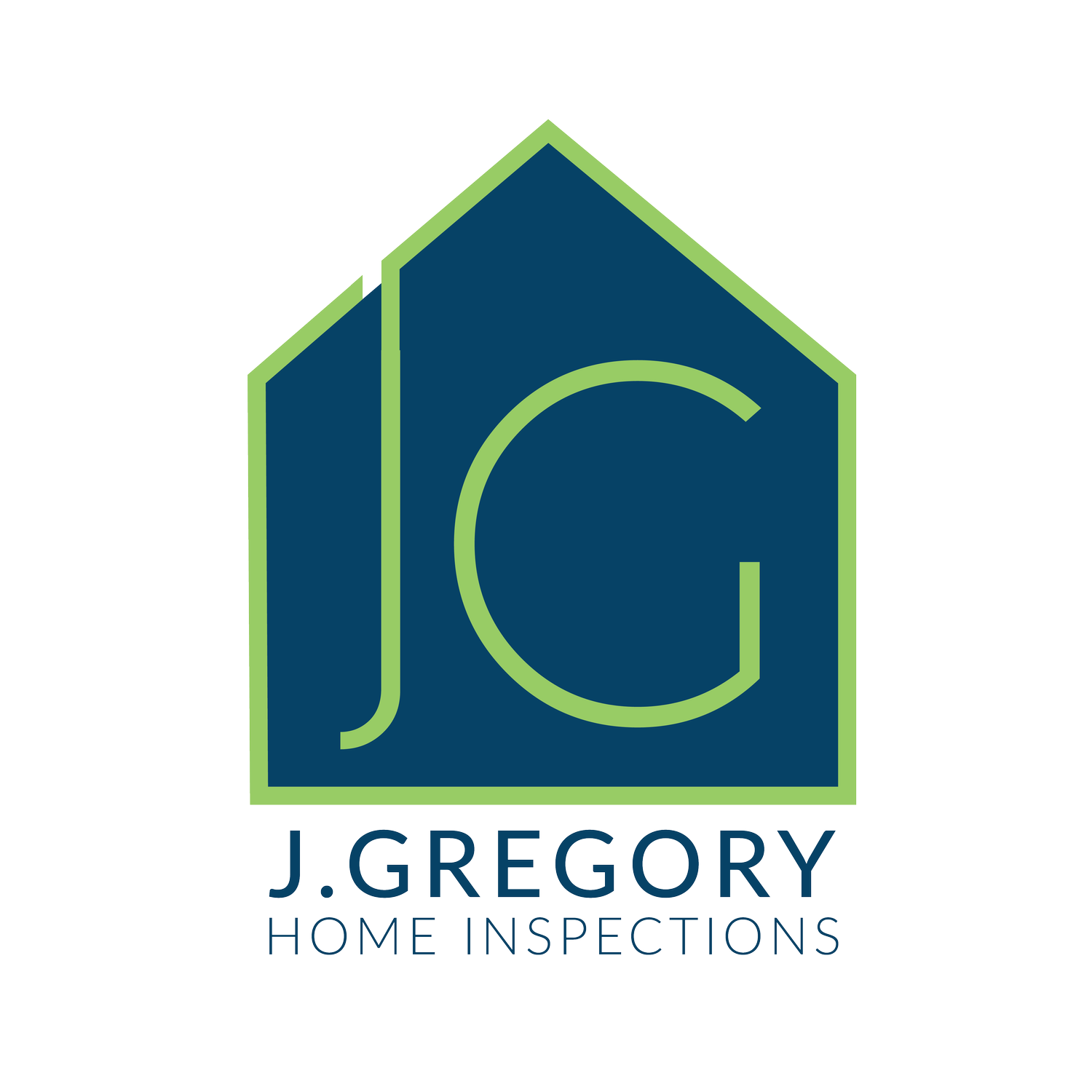Unveiling Hidden Problems: Crawl Space Issues Uncovered During Home Inspections
When it comes to home inspections, thoroughness is key. While much of a home's structure and systems are easily visible, some of the most critical areas lie beneath the surface. Crawl spaces, often neglected or forgotten, can harbor a host of issues that may compromise the integrity and safety of a home. In this article, we delve into common crawl space problems uncovered during inspections and their potential implications for homeowners.
Moisture and Mold: One of the most prevalent issues found in crawl spaces is excess moisture, which can lead to mold growth. Inspectors often encounter damp or wet crawl spaces, caused by poor drainage, plumbing leaks, or inadequate ventilation. Mold not only poses health risks to occupants but also deteriorates wooden structures, compromising the stability of the home. During inspections, signs of mold, mildew, or musty odors warrant immediate attention and remediation.
Pest Infestation: Crawl spaces provide an inviting environment for pests such as termites, rodents, and insects. Inspectors frequently discover evidence of infestation, including droppings, nests, or gnaw marks on structural components. Pest activity can cause extensive damage to insulation, wiring, and wooden supports, compromising the structural integrity of the home. Identifying and addressing pest issues early can prevent further damage and mitigate costly repairs.
Insulation Problems: Inadequate or damaged insulation in crawl spaces can result in energy loss and temperature fluctuations throughout the home. Inspectors often find insulation that is compressed, waterlogged, or improperly installed, reducing its effectiveness. Poor insulation also contributes to moisture problems and fosters mold growth. Assessing the condition and R-value of insulation in crawl spaces is crucial for optimizing energy efficiency and maintaining indoor comfort.
Structural Deficiencies: Crawl spaces support the weight of the entire structure, making structural integrity paramount. Inspectors may uncover sagging floor joists, cracked support beams, or foundation settlement issues during inspections. These structural deficiencies can result from poor construction, water damage, or soil movement. Addressing such issues promptly is essential to prevent further deterioration and ensure the safety and stability of the home.
Ventilation and Air Quality: Proper ventilation is essential for regulating moisture levels and preventing mold growth in crawl spaces. Inspectors often find inadequate ventilation or blocked vents, which impede airflow and exacerbate moisture problems. Poor air quality in crawl spaces can also impact the overall indoor air quality of the home, leading to respiratory issues and discomfort for occupants. Assessing ventilation systems and implementing appropriate measures to improve airflow is crucial for maintaining a healthy living environment.
Crawl spaces may be out of sight, but they should never be out of mind during home inspections. Identifying and addressing crawl space issues early can prevent costly repairs, protect the structural integrity of the home, and ensure the health and safety of its occupants. Homebuyers and homeowners alike should prioritize comprehensive inspections that include thorough assessments of crawl spaces to uncover hidden problems and make informed decisions about their properties.


